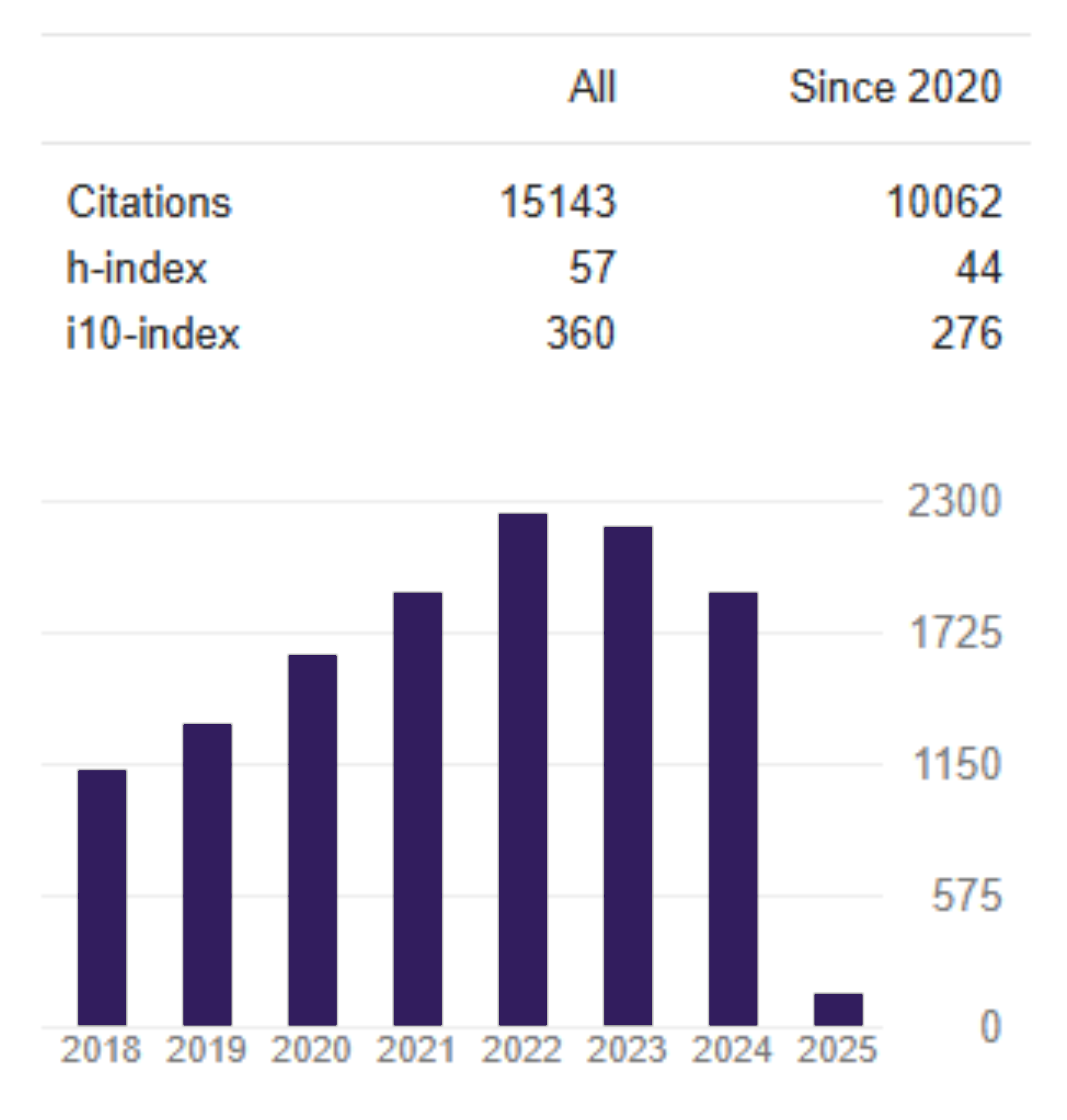Pecking Order and Trade-off Theory in Capital Structure Analysis of Family Firms in Indonesia
DOI:
https://doi.org/10.26905/jkdp.v22i1.1793Keywords:
Pecking Order Theory, Familiy Firm, Capital Structure, Trade-off TheoryAbstract
The purpose of this study has analyzed the determinants of policy decisions of the capital structure of family firms listed on the Indonesia Stock Exchange (IDX) in 2012-2016. The company's capital structure was measured by using debt to equity ratio (DER). Determinants of capital structure used include profitability (ROA), asset structure, growth (growth), firm size (size) and business risk (risk). This research was a quantitative research with a kind of causal research. Using a sample of 38 family companies in Indonesia listed on the Indonesia Stock Exchange (IDX). Hypotheses testing method of multiple linear regression. The result showed that ROA had a negative effect not significant to DER. The asset structure had a significant positive effect on DER, growth had no significant negative effect on DER, size had no significant positive effect on DER, and risk had a significant negative effect on DER. The findings research that the average family firm in Indonesia still uses the Pecking Order Theory in the application of capital structure.
JEL Classification: G31, G32, G34
Downloads
References
Agustini, T., & Budiyanto. (2015). Pengaruh struktur aktiva, profitabilitas dan ukuran perusahaan terhadap struktur modal. Jurnal Ilmu dan Riset Manajemen, 4, 290–303.
Brigham, E. F., & Houston, J. F. (2014). Dasar-Dasar Manajemen Keuangan. Jakarta: Salemba Empat.
Firnanti, F. (2011). Faktor-Faktor yang mempengaruhi struktur modal perusahaan manufaktur di Bursa Efek Indonesia. Jurnal Bisnis dan Akuntansi, 13(2), 119–128.
Ghozali, I. (2013). Aplikasi analisis multivariate dengan program IBM SPSS. Semarang: Universitas Diponegoro.
Guo, E. & Leinberger, G. (2012). Firm growth and financial choices in Pennsylvania firms: An empirical study about the pecking order theory. Journal of Accounting and Finance, 12(4), 122–142.
Harjito, D. A. (2011). Teori Pecking Order dan Trade-Off dalam analisis struktur modal di Bursa Efek Indonesia. Jurnal Siasat Bisnis, 15(2), 187-196.
Harmono. (2012). Testing of Pecking Order Theory through the relationship: earnings, capital structure, dividend policy, and firm’s value. Jurnal Keuangan dan Perbankan, 16(3), pp. 358–371.
Ilat, V., & Pontoh, W. (2014). The consideration and purpose of borrowing: an empirical evidence from Indonesia Listed Companies. American Journal of Applied Sciences, 11(7), 1172–1180.
Indrajaya, G., Herlina, & Setiadi, R. (2011). Pengaruh struktur aktiva, ukuran perusahaan, tingkat pertumbuhan, profitabilitas dan risiko bisnis terhadap struktur modal: Studi empiris pada perusahaan sektor pertambangan yang listing di Bursa Efek Indonesia periode 2004-2007. Akurat Jurnal Ilmiah Akuntansi, 2(6), 1–23.
Kepakisan, I. D. A. K. (2015). Pengaruh struktur aktiva, ukuran perusahaan, profitabilitas dan tingkat pertumbuhan terhadap struktur modal. Jurnal Manajemen, 4(1), 290–303.
Kusumawati, I., & Juniarti. (2014). Pengaruh family control terhadap profitabilitas dan nilai perusahaan pada industri dasar dan kimia. Jurnal Business Accounting Review, 2(1), 170–179.
Mohammed, D. (2012). Impact of business risk on corporate capital structure of publicly-listed Nigerian companies. Journal of Business and Management, 5(2), 1–15.
Naur, M., & Nafi, M. (2017). Analisis pengaruh pertumbuhan aset, ukuran perusahaan, profitabilitas dan risiko bisnis terhadap struktur modal sub sektor kosmetik dan keperluan rumah tangga. Jurnal Akuntansi dan Perpajakan, 3(1), 1–15.
Pujiharjanto, C. A., Nilmawati, N., & Gusaptono, R. H. (2014). Identifikasi variabel penentu struktur modal dan adjusment to target capital structure: Trade off Theory. Jurnal Keuangan dan Perbankan, 18(3), 358–369.
Nuswandari, C. (2013). Determinan Struktur Modal dalam Perspektif Pecking Order Theory dan Agency Theory. Dinamika Akuntansi, Keuangan, dan Perbankan, 2(1), 92–102.
Sansoethan, D. K., & Suryono, B. (2016). Faktor-faktor yang mempengaruhi struktur modal pada perusahaan makanan dan minuman. Jurnal Ilmu dan Riset Akuntansi, 5(1), 1–20.
Sari, S. D. (2016). Pengaruh risiko bisnis, life cycle dan diversifikasi terhadap struktur modal serta hubungannya dengan nilai perusahaan manufaktur Indonesia. Jurnal Manajemen Teori dan Terapan, 9(1), 58–77.
Subramanyam, K., & Wild, J. J. (2013). Analisis Laporan Keuangan. Jakarta: Salemba Empat.
Wardianto, K. B. (2013). Pecking Order Theory. Jurnal Perspektif Bisnis, 1(1), 33–49.
Wimelda, L., & Marlinah, A. (2013). Variabel-variabel yang mempengaruhi struktur modal pada perusahaan publik sektor non keuangan. Media Bisnis, 200–213.
Zulfa, E. F. (2014). Perbandingan teori struktur modal antara pecking order dan trade-off pada perusahaan keluarga dan non keluarga. Jurnal Ekobis, 5(1), 231–241.
Downloads
Additional Files
Published
Issue
Section
License

This work is licensed under a Creative Commons Attribution-ShareAlike 4.0 International License.



